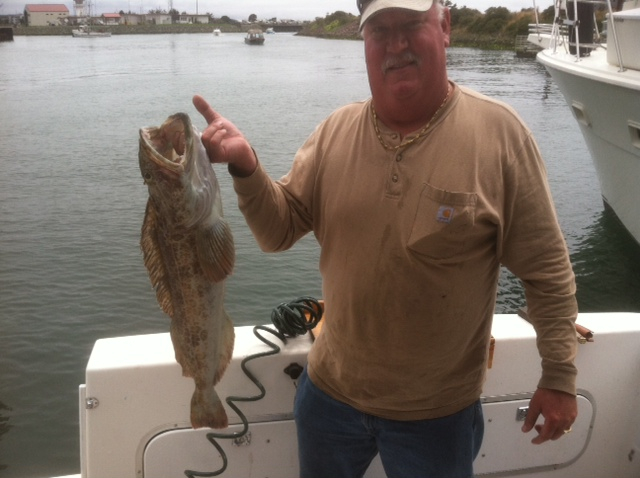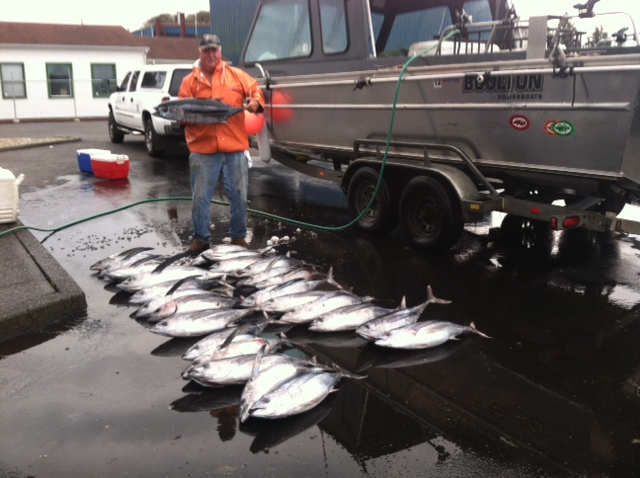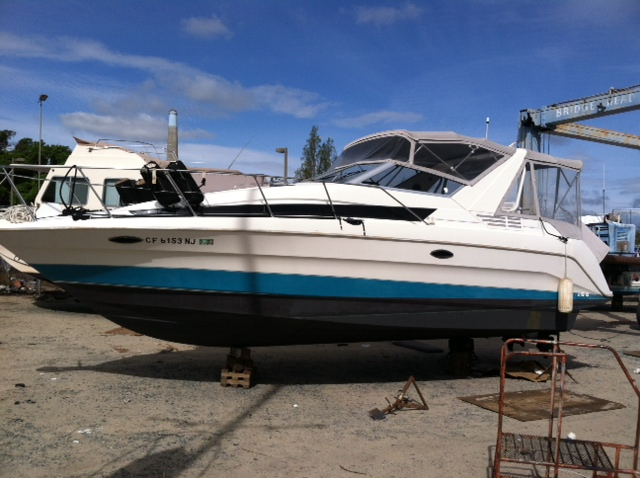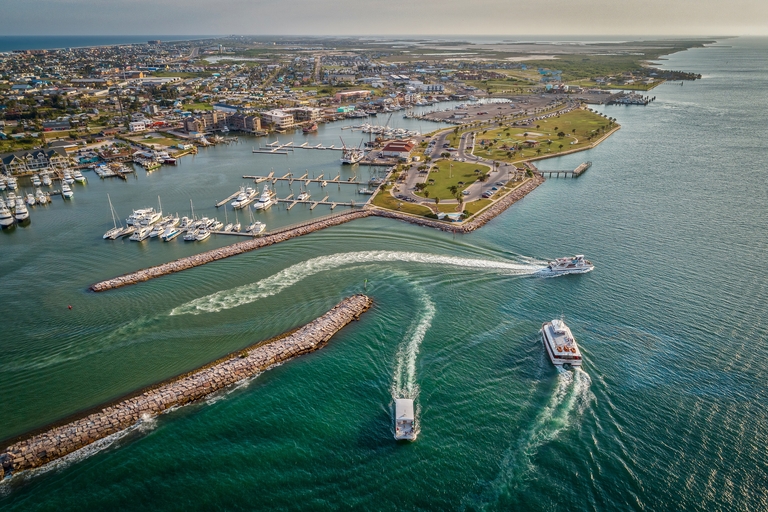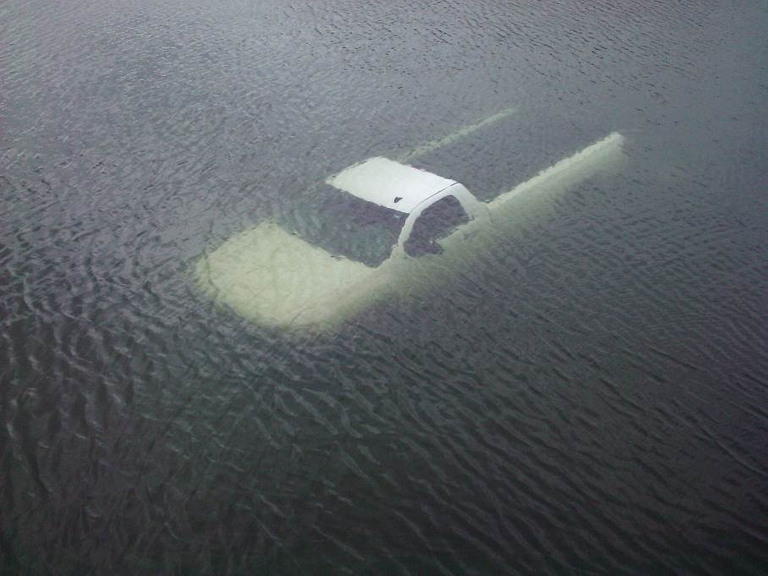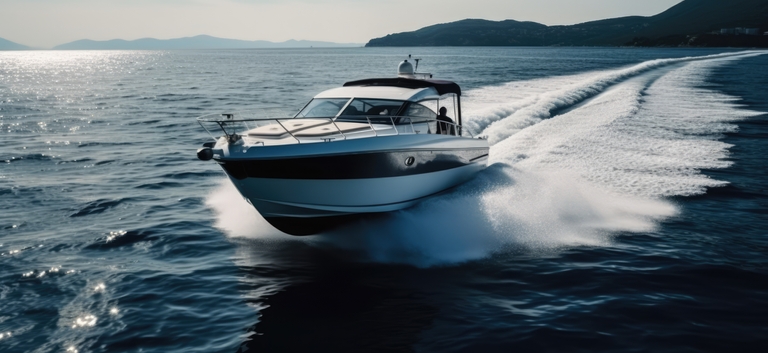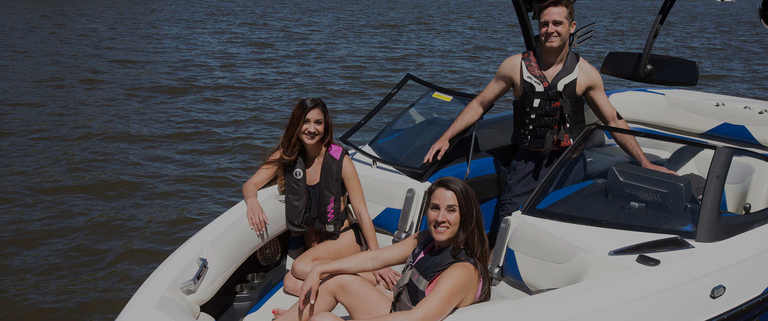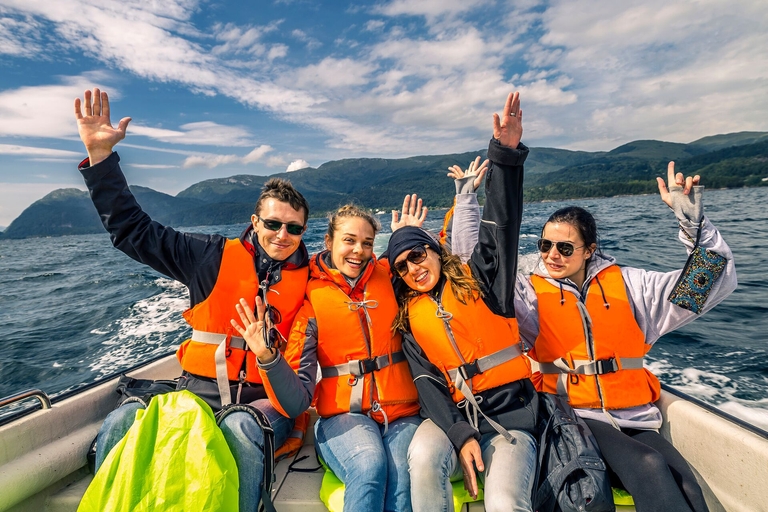Boat Safety: Emergency Rescue Stories
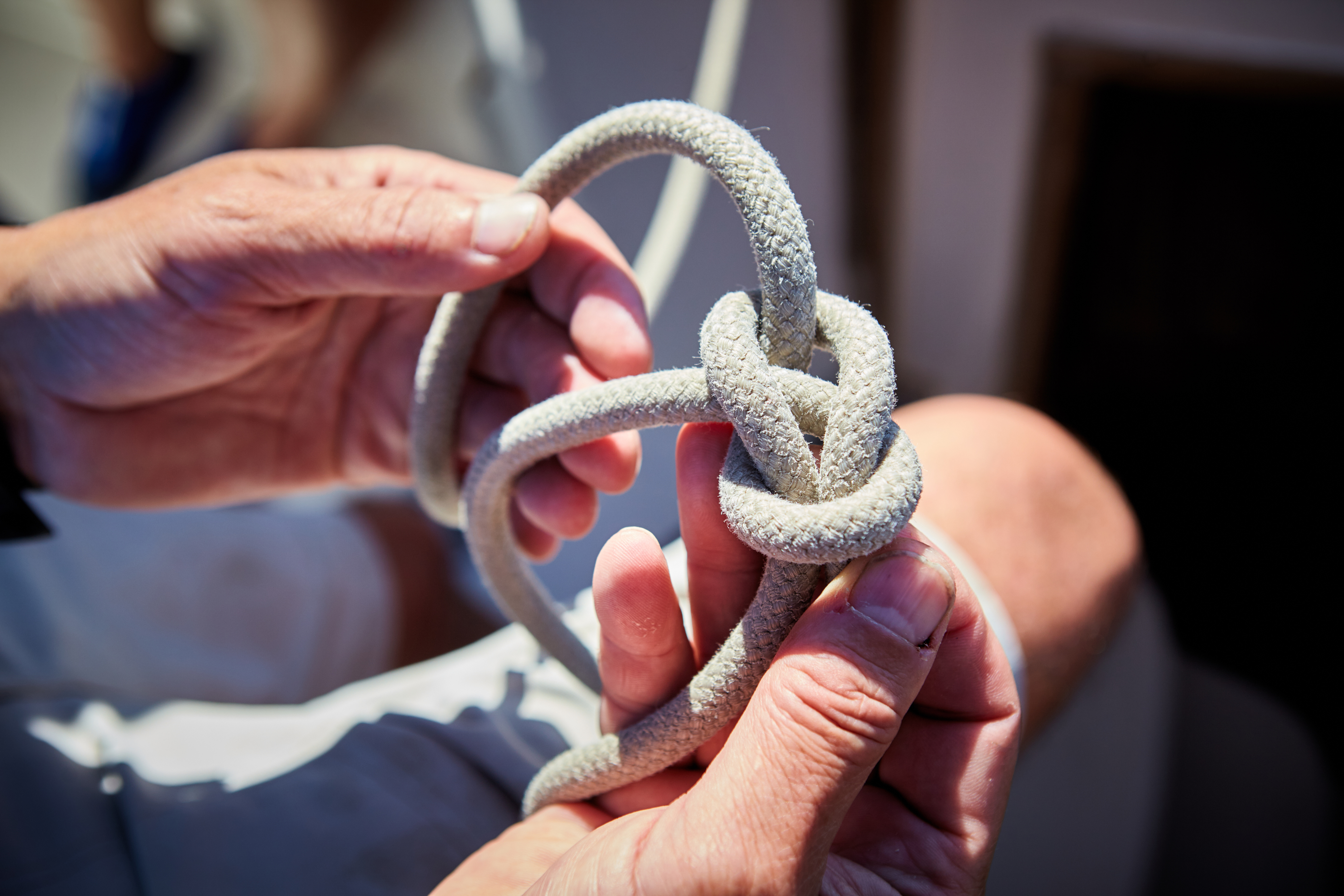
One of our favorite boat safety campaigns is National Safe Boating Week, which will take place May 18-24, 2024. During this week, every year, individuals and organizations act to increase the awareness of safe and responsible behaviors on the water.
Boating is one of our nation's favorite summer activities for a simple reason: it's a fun and exciting way to spend time with the people we care about.
However, boating has risks and dangers that threaten even the most experienced boater. Every year, hundreds of people lose their lives in boating accidents, in many cases, lives that could have been saved with proper training and equipment. Conversely, many boaters can avoid peril by being prepared and making good, educated decisions.
As we anticipate the start of boating season and look forward to supporting National Safe Boating Week again this year, we share some stories from real boaters who, through experience and boat safety training, made it back to the shore after a potentially dangerous situation on the water. We also want to examine the actions these boaters performed that made a difference in their situations.
These individuals have shared their stories in hopes of helping others who may encounter similar situations.
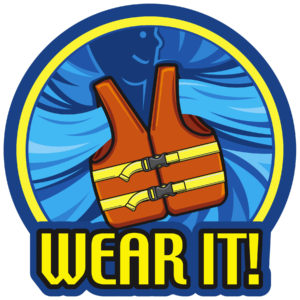
Survival on the Pacific
Our first story is from Eric Pennington, a boater and fisherman with over 30 years of experience, who shared with us how an otherwise normal fishing trip off the Oregon coast quickly turned into a dicey situation.
Without warning, the engine coil in Eric's boat became inoperable, rendering him helpless in his efforts to get back to the shore. Immediately, Eric used his vessel's marine radio to call for help. A smaller fishing boat attempted to render aid but was too small to pull Eric's boat to the shore.
While waiting for help to arrive, Eric noticed that the sea's intensity was picking up dramatically, so much so that the boat was being pushed dangerously closer toward dense rock formations on the coastline. Thinking quickly, Eric dropped his anchor to stabilize his position until help arrived.
Fortunately, help came in the form of a U.S. Coast Guard vessel. With Eric's engine rendered inoperable, the U.S. Coast Guard had to tow his boat to the shore.
Preparedness Paid Off
Onboard the boat as a safety precaution, Eric used a separate, heavy length of rope to tie his boat to the U.S. Coast Guard's vessel for a tow back to the shore.
"One of the less obvious safety items onboard my boat is safety ropes," Pennington said. I have an extra 150 feet of heavy rope, separate from my front rope anchor and chain."
The rope proved useful as Eric used it to secure his vessel to the U.S. Coast Guard's boat while the submerged anchor kept the boat stable and in place. Shortly after that, Eric and his boat safely arrived back at the shore.
Despite 30 years of experience on the water, Eric has a healthy veneration for the sea. "I live to boat and fish, and I have a ball being out on the water," Pennington said. "But I do respect the water and its potential dangers."
Eric's story serves as a great reminder to always maintain awareness of your surroundings and never underestimate the conditions on the water.
Trouble on the Tuckahoe River
John Bruno, a veteran boater, shared a similar experience in New Jersey. While spending time on the Tuckahoe River, John's outboard motor stopped running, leaving him with only the boat's oars to propel the boat forward.
Fortunately, John was well-prepared to deal with this situation. He immediately dropped the anchor to stabilize the boat against the river's strong current and used the boat's oars to keep it off the riverbank.
Using his boat's marine radio, John called for help. He also used the onboard safety flares to signal that the boat was coming to their aid. "My passengers and I were all veteran boaters and knew to remain calm," Bruno said. We were able to use the safety equipment onboard to get help and to keep everyone safe."
John was quick to credit his experience and the Boat-Ed boat safety course as two important factors in his handling of this boating emergency.
Four Keys to Survival
Fortunately, Eric and John successfully returned to shore without sustaining injuries or significant damage to their vessels. More importantly, the other people on board were also safe.
The men an
d women of the U.S. Coast Guard truly perform an amazing job, and a tremendous amount of credit is owed to our first responders for keeping us safe on the water. However, it's important to note that Eric and John's rescue stories have some important behaviors in common that made it possible to receive timely help. Let's look at four of those behaviors.
1. Be Prepared
Both boaters had met the U.S. Coast Guard's boating safety requirements, and their equipment was in good working condition.
Passengers wore personal flotation devices (PFDs), flares were in good order, and communication devices were available to contact assistance.
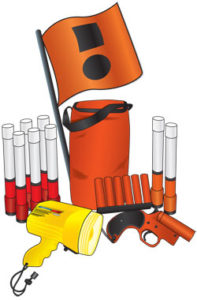
2. Remain Calm
Both captains remained focused on the task at hand and proceeded with caution and organization.
In an emergency, there can be many things going on simultaneously, and all of them demand immediate attention. Both captains could work through immediate decisions and execute distress calls over marine radio by staying calm and organized.
Staying calm ensures your safety and the safety of passengers on board.
3. Assess the Situation
Eric and John immediately understood the prevalent weather conditions and how they impacted their boat's position and ability to stay upright.
They also monitored the motor's condition, then deployed and used onboard safety equipment correctly.
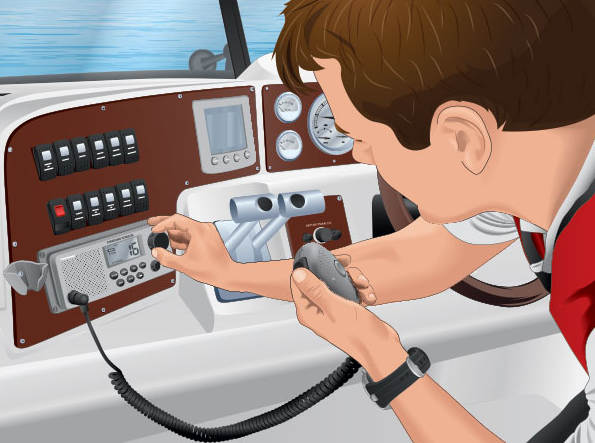
4. Call for Help
When the skippers found their boats inoperable, they accurately deployed Mayday calls to summon help. They could provide their position on the water and used flares and signals as the rescue vessels neared their locations.
Remember that following safe boating practices is only one part of staying safe out on the water. You must be prepared to respond to any emergency that might happen when boating.
Be Prepared For Emergencies With Boater Safety Education
Hopefully, Eric and John's stories encourage you to prioritize preparing and boat safety training. By doing so, you will ensure that your vessel and everyone on board safely return to the shore after each trip.
The best way to be aware of potential hazards, recognize a possible emergency, and respond appropriately is to take a boater education course through Boat-Ed. Through our online courses, boaters can learn how to navigate the waters safely and avoid potential boating accidents — but if something goes wrong, you'll also know what to do!
To get certified before boating season begins, find the course for your state or choose our Canadian course and start learning.
You can also encourage friends and family to get certified before they hit the water with you. When more people understand how to avoid an emergency (or respond appropriately when one happens), you are more likely to return everyone safely to shore after a day on the water.
Originally published August 22, 2018. Content updated March 7, 2024.

